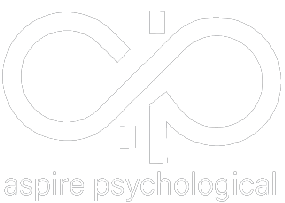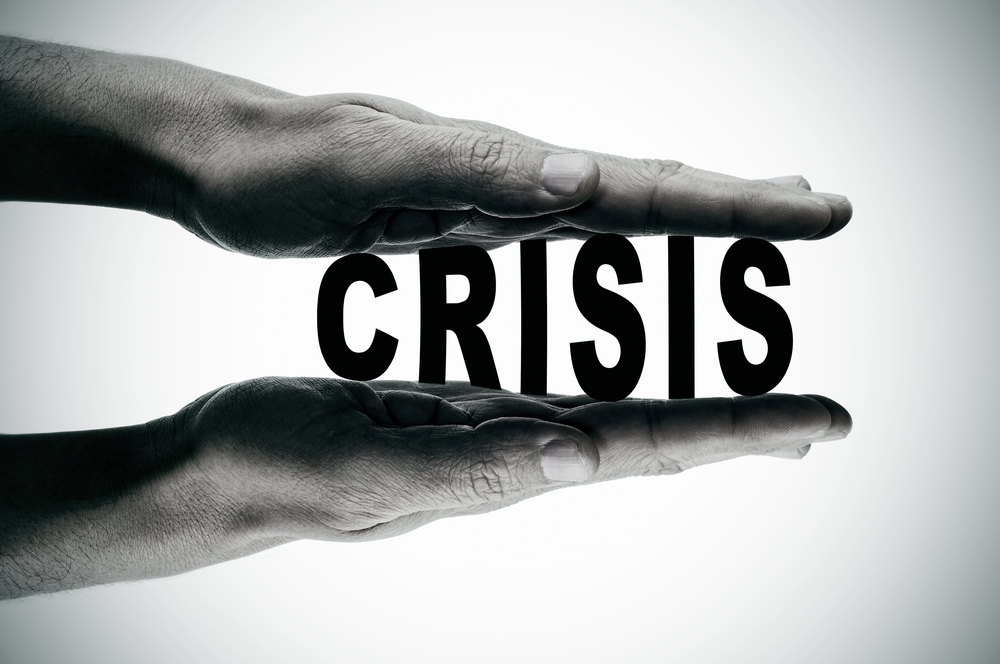By: Dr. Elisheva Jakobov-Assouline
What is behavioral activation?
Individuals struggling with depression exhibit two primary symptoms: loss of pleasure in almost all activities as well as depressed mood. Cognitive Behavioral Therapy (CBT) has been shown to be the gold standard of treatment for treating depression. In particular, behavioral activation, is a specific CBT skill geared towards treating depression and mood disorders. It can either be used alone, or in conjunction with other techniques, which in more severe cases the latter is typical. Behavioral activation is the behavioral component in CBT, focused on changing individual’s behaviors. As individuals become depressed, they usually avoid and isolate themselves, which only worsens and maintains their symptoms. The goal in behavioral activation is to work with the client to decrease their avoidance and isolation by increasing their engagement in positive activities. Positive activities can include previous activities the client enjoyed or activities in line with the clients values. This blog will address behavioral activation in more detail in hopes of helping those struggling with depression or a mood disorder.
What does behavioral activation entail?
The first step in behavioral activation is called activity monitoring. The goal here is to monitor your activity and mood to better understand how your depression works. One’s mood is typically rated on a scale of 0 (low mood) – 10 (good mood). Free worksheets exist with a simple google search. After noticing the pattern of activities that make us feel better, the goal is to implement an increase in such activities and decrease or stop the activities that do not make us feel good. Increasing activities that are pleasant increases positive emotions. Further, to promote a sense of mastery, the goal is to have the client engage in activities that to them feel accomplishing, yet are not always pleasant. By feeling a sense of achievement, the client will feel less depressed, and experience more positive emotions.
The therapist also helps the client lead a life worth living which encompasses the clients values. Values are things that are most important to you that you find to be meaningful. Each individual has different values that can change over the course of their life. It is important to identify what are the things you value as often one’s goals are attached to their values. Once values are identified, think about what activities/goals you can engage in.
It is important when thinking about goals that you stick to the acronym SMART to help guide you.
- S-make sure your goal is specific. Identify what it is exactly that you want to achieve.
- M-make sure that your goal is measurable. Come up with numbers that seem appropriate to meet your goal.
- A-attainable; make sure that the goal you set for yourself is possible. Be realistic with yourself. Don’t set yourself up for failure by being too dramatic in your goal setting. Better you start with something small that is achievable, master it, and move up the ladder.
- R-realistic; ask yourself is my goal realistic.
- T-trackable; when setting a goal, it is crucial to track your progress as it motivates one to keep going and not give up.
Let’s say for example you value a healthy lifestyle, one goal may be to exercise daily. Or perhaps you value education, so one goal may be to read two books a month or attend the most up to date trainings. Values can include but are not limited to, physical, spiritual, emotional, relationships, career, education, and one’s hobbies. Another way to think about what you value is to imagine direct individuals in your life, or those you look up. What qualities do they possess that you admire?
It’s imperative that in addition to an activity monitor log, the individual creates a schedule for themselves to ensure they are following through with implementing activities that increase their positive emotions. Most importantly, take it seriously. Imagine you were a student and had a rigorous exam coming up. You’d probably take the time to study before you simply show up to the exam. Perhaps you’d set yourself a study schedule so you can master all the material in time. So too, when it comes to engaging in activities that will help you, it’s important to make them a priority and schedule them in, otherwise you may fall into the trap of pushing it aside.
Behavioral activation can be very difficult. During treatment, there may be roadblocks that are presented. It is important to note that it requires effort and the activities you engage in may make you experience discomfort. When the going gets tough, try hard not to give the depression power. Try to do the opposite of what the depression is telling you to do. Start with small goals so you don’t become easily overwhelmed. Whenever you feel proud of something you accomplish, reward yourself.
Often, when a client is depressed, it may be difficult for them to start by restructuring their negative thoughts and replacing them with more rational ones. Behavioral activation is evidence-based and has been very effective in helping individuals struggling with depression. If you are feeling stuck and avoiding what has to get done, it may be time to engage in this form of treatment. Behavioral activation is powerful. If you or someone you know may be struggling, perhaps consider speaking to a therapist to help you. You are not alone.





